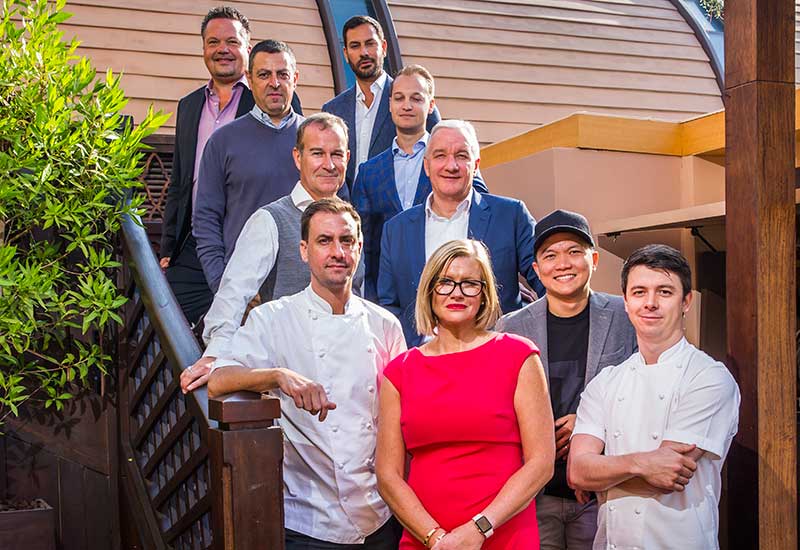Consumer trends
In the last few years, menus have changed to reflect the demands of the consumer, including moving away from fine dining towards more casual concepts with sharing menus. There’s a niche that has been successful in the region, which is between the completely casual and formal outlets. Banks called them “premium casual” or “upscale”, and added: “All your Zumas or Hakkasans or Rüyas — they are not fine dining. They are upscale. They are lifestyle venues. People are looking for places that are cool — they want to be seen there — and have great atmosphere. Nobody wants stuffy fine dining.” However, Breg disagreed slightly and said in markets such as New York — one the Middle East looks to for inspiration — has lately seen the resurgence of the cloche.
Ghazal did not agree and said the fine-dining market is appropriately serviced and said there are two interesting markets for F&B operators to target: one was the young couples between 21-35 years of age, with our without children and with higher disposable income; and families living in suburbs that tend to stay within their area for lunch or brunch.
Broad said the move to upscale or premium casual happened also because of operators’ tussle with rising cost of labour. “Casual or fast casual enables you to reduce the amount of labour. We have steered people towards that,” he said. Banks responded: “The consumer has driven it as well and we have driven it with them. Because the consumer now wants to eat out four times a week, minimum.”
Delivery plays a role onto this, and Ghazal said that while he is surprised by the types of restaurants that are going in for delivery, the amount of money being made through this business is substantial and “nothing to laugh at”.
Banks agreed and commented: “Home delivery is for certain cuisines and certain markets. Noodle House is the market leader in home delivery here but there are certain dishes even we won’t deliver.”
A vehement opponent of delivery is Fraser-Smith, who declared, as he has in the past: “Delivery is one of the things that is killing our industry. From an entrepreneur/restaurateur perspective, you lose 100% control over your customers’ experience. You know nothing about them, you don’t know what they do once they take the food home.”
Banks, however, said that consumers are demanding it as well, which is allowing companies working with delivery to tap into an additional revenue stream.
What do you think are the biggest issues facing the industry today? Let us know via our social media feeds (@CatererME on Twitter and Instagram, @CatererMiddleEast on Facebook) or contact our editor.

| Advertisement |





